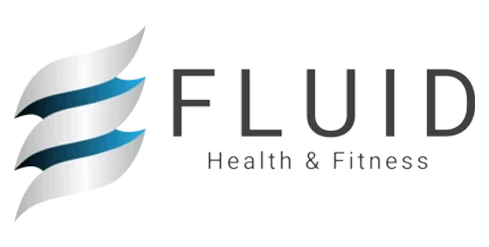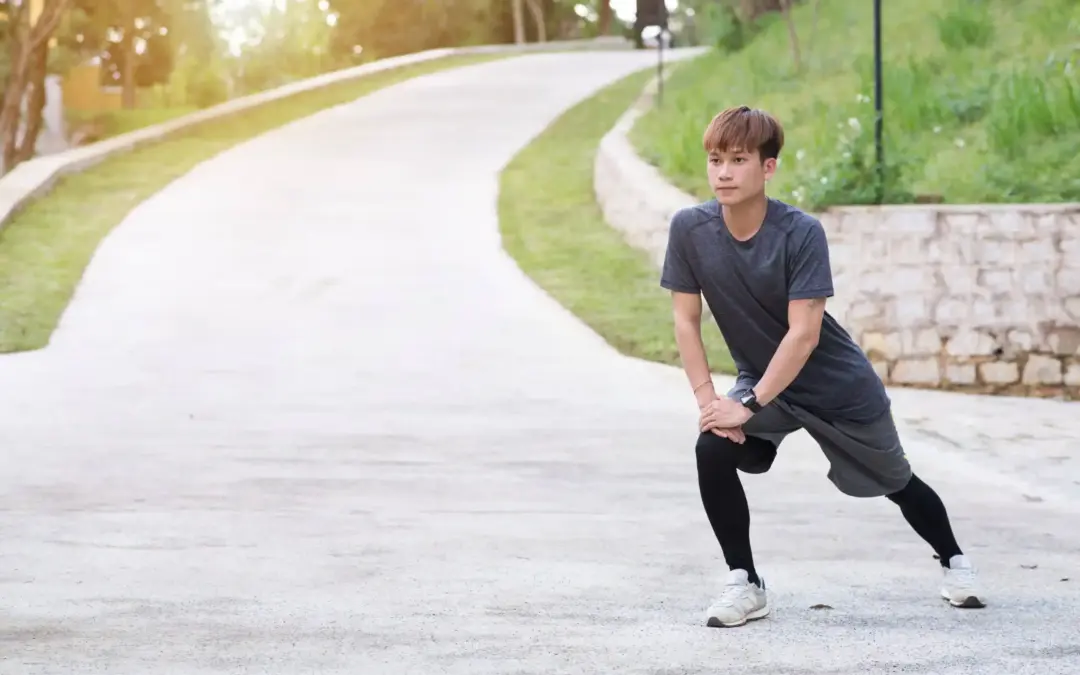Introduction
Week 11 at Fluid Health and Fitness explored transverse plane swing-phase biomechanics—analyzing how the cervical-cranial, thoracic spine, and hip-knee complexes synchronize to support controlled rotation, postural alignment, and movement efficiency. This phase emphasized the dynamic stability required during swing, where the body must counter-rotate and reorient without sacrificing alignment.
Consistent with Fluid’s approach—structure before conditioning, movement quality before intensity—this week focused on movement precision and stability during gait and dynamic motion, preventing compensatory patterns that arise from poor transverse mechanics.
Why It Matters
Swing-phase mechanics in the transverse plane involve subtle yet powerful rotations across the spine and limbs. These actions allow you to maintain a stable visual field, transfer force efficiently, and set up the body for effective loading. Without control in these regions, compensations such as trunk over-rotation, knee valgus, or loss of balance become more likely.
Step-by-Step Breakdown of Week 11
|
Day |
Focus Area |
Objective |
|
Day 1 |
Cervical & Cranial |
Stabilize the head and align the visual field during dynamic rotation. |
|
Day 2 |
Thoracic Spine |
Coordinate upper trunk rotation with ribcage dynamics and gait. |
|
Day 3 |
Hip & Knee Complex |
Control limb rotation and support smooth trajectory during swing. |
Core Concepts Reinforced
- Cervical and Cranial Control (Day 1)
- Neutral Positioning: Cervical spine maintains natural curve; cranium remains level.
- Key Movements:
- Cervical Rotation: SCM, scalenes, splenius capitis initiate rotation.
- Cranial Counter-Rotation: Suboccipital group stabilizes head.
- Functional Role:
- Stabilizes vision and vestibular input.
- Balances trunk rotation.
- Common Dysfunctions:
- Excessive rotation from weak stabilizers.
- Cranial tilt from muscular imbalances.
- Thoracic stiffness reducing cervical mobility.
- Thoracic Spine and Gait Integration (Day 2)
- Thoracic Function: Distributes trunk rotation across ribcage and spine.
- Gait Mechanics:
- Early gait: Contralateral thoracic rotation stabilizes pelvis.
- Mid to terminal stance: Thoracic counter-rotation aligns with swing.
- Spinal Righting Reflex: Maintains head-trunk coordination during motion.
- Muscles:
- Concentric: Obliques, multifidus, rotatores.
- Eccentric: Erector spinae, intercostals.
- Common Dysfunctions:
- Left AIC pattern: Creates asymmetric trunk control.
- Restricted rotation: Leads to lumbar or hip overcompensation.
- Hip and Knee Coordination (Day 3)
- Hip Rotation:
- Internal: TFL, glute min, adductors align swing leg.
- External: Glute max, piriformis prepare for propulsion.
- Knee Rotation:
- Tibial IR: Popliteus, medial hamstrings align foot.
- Tibial ER: Biceps femoris, lateral gastroc prepare for stance.
- Functional Role:
- Controls limb path.
- Prevents valgus or rotational collapse.
- Common Dysfunctions:
- Excessive IR: Increases knee stress.
- Limited rotation: Reduces gait efficiency.
Preparation: Movement Awareness and Postural Screening
- Cervical: Track head movement symmetry during gait.
- Thoracic: Observe ribcage expansion and trunk rotation.
- Lower Body: Monitor knee tracking and tibial rotation.
Corrective Drills and Functional Training
- Cervical-Cranial (Day 1)
- Chin tucks, active neck rotations.
- Isometric SCM, suboccipital release.
- Dynamic balance drills with head motion.
- Thoracic Spine (Day 2)
- Thread-the-needle, seated rotation.
- Rib expansion breathing.
- Pallof press, trunk rotation under load.
- Hip and Knee (Day 3)
- Hip mobility: Pigeon pose, leg swings.
- Tibial rotation: Active IR/ER, hamstring activation.
- Diagonal lunges, balance drills for neuromuscular timing.
Aftercare: Integration into Movement
- Reinforce cervical alignment during walking and sport.
- Cue thoracic control during gait and upper limb motion.
- Encourage hip-knee coordination during pivoting tasks.
Checkpoint Questions
- What stabilizes the cranium during rotation?
- How does thoracic rotation influence ribcage expansion?
- Why is tibial rotation key for swing efficiency?
- How does poor thoracic mobility impact cervical function?
Conclusion
Week 11 synthesized swing-phase dynamics across the top, middle, and lower kinetic chain segments in the transverse plane. Proper coordination ensures postural stability, visual balance, and efficient movement—reducing injury risk and improving functional outcomes.
Align the head. Rotate the trunk. Guide the limb. Transverse control begins in the swing.



